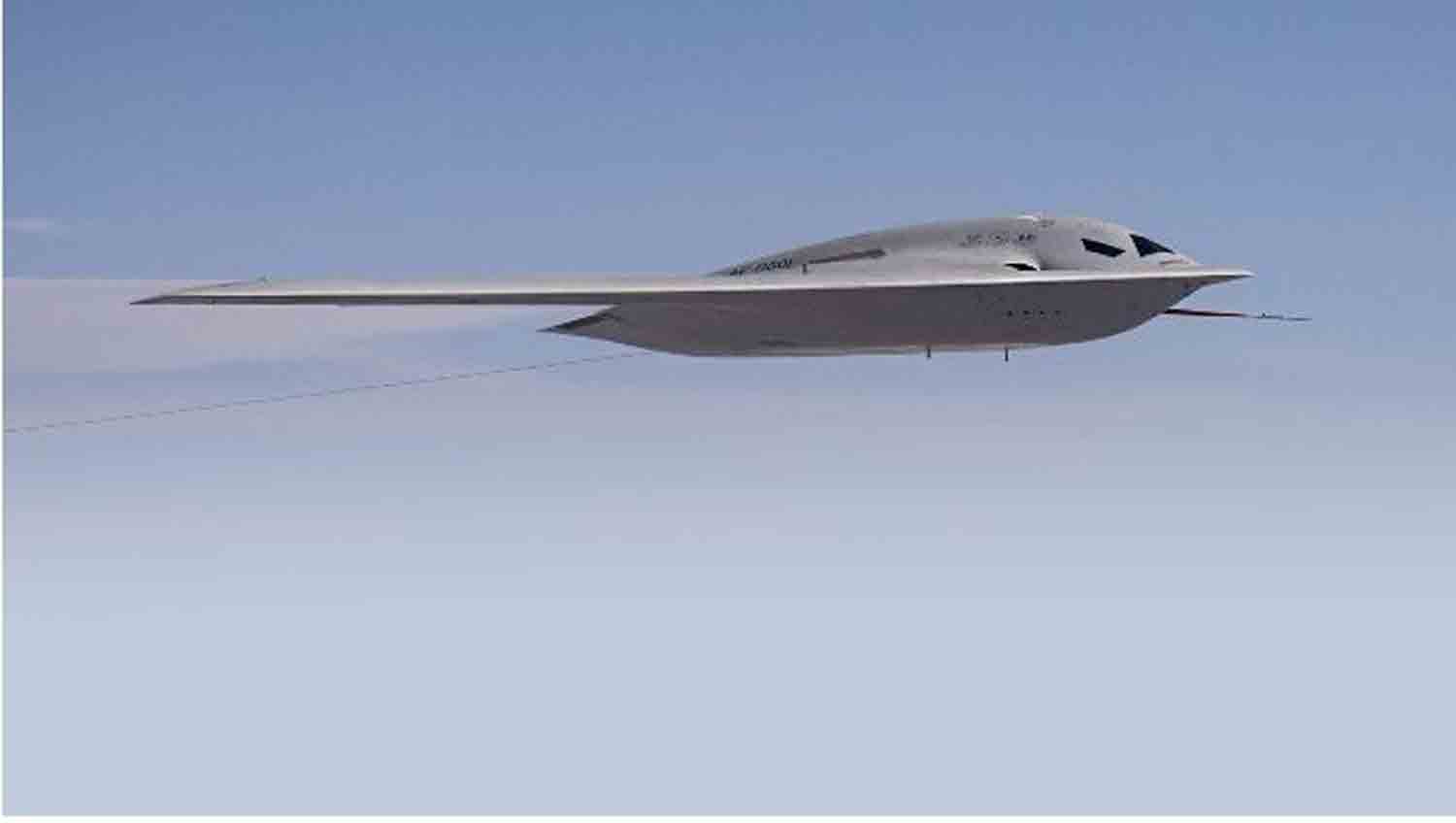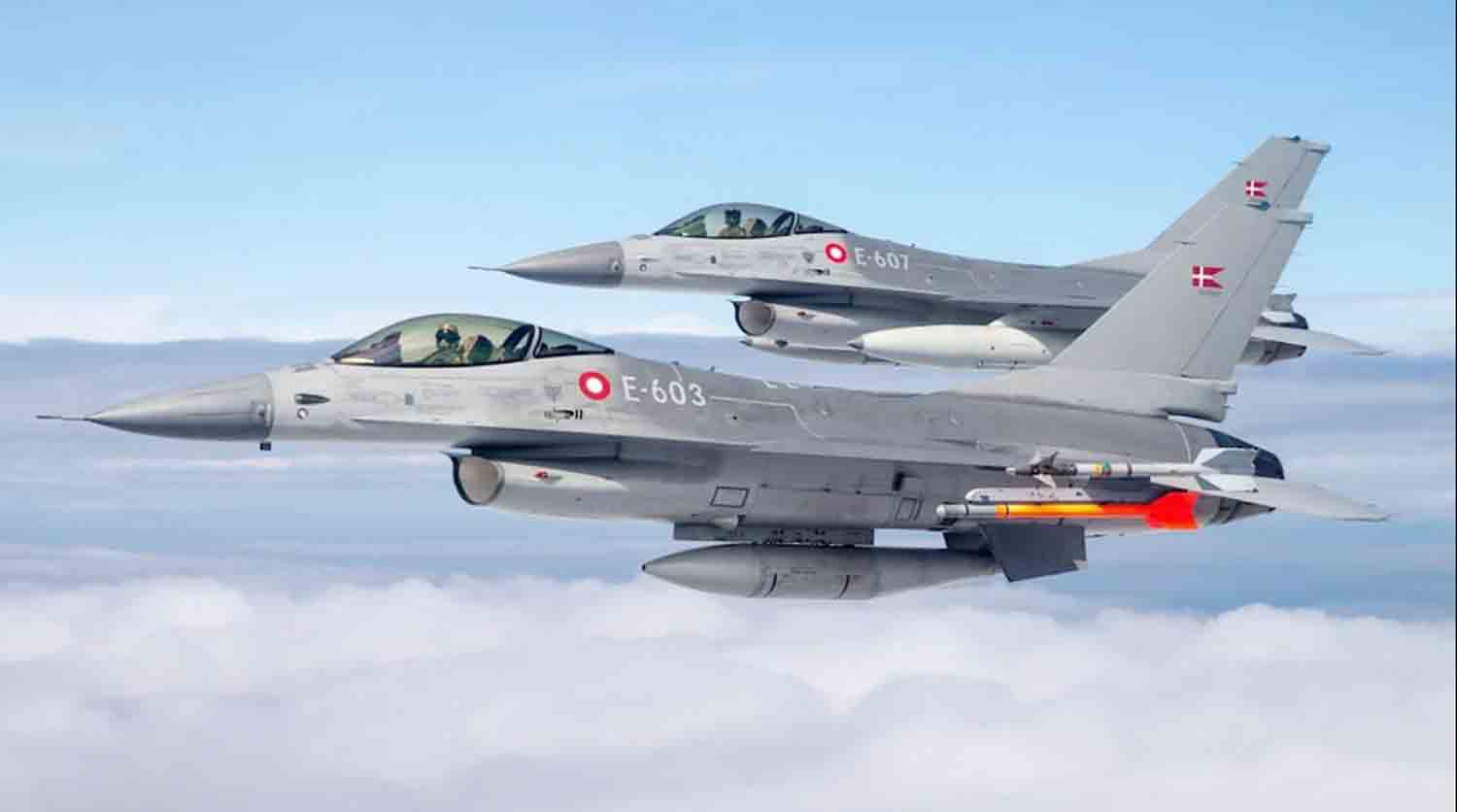The Russian Navy has stationed carrier-based MiG-29K fighter jets in the Arctic to conduct a series of prominent combat exercises. These drills featured operations in polar twilight conditions, where visibility is limited yet essential for effective combat maneuvers.
During the exercises, pilots engaged in dogfighting, interception, and strike missions, replicating real-world combat situations. Following the rigorous training, the aircraft returned to their home base at Severomorsk-3.
This deployment of MiG-29Ks in the Arctic aligns with Moscow’s heightened focus on the region. NATO is closely observing the developments, particularly as Russia’s Tu-160 strategic bombers have recently undertaken long-range patrols over international Arctic waters, signaling a show of strength that is likely to attract Western scrutiny.
The MiG-29K represents the most advanced version of the MiG-29, specifically designed for naval operations. It features an electronically scanned array radar, a digital cockpit, and the capability to launch advanced air-to-air and air-to-ground missiles, making it suitable for precision strikes in contested areas.
The aircraft’s development was significantly supported by an Indian order for 42 jets, which subsequently allowed Russia to acquire 22 units for its sole aircraft carrier, Admiral Kuznetsov. Initially, the Russian Navy explored a modified Su-27 for carrier use, but the availability of the MiG-29K production line and its lower costs made it a more practical choice.
Due to delays in the modernization of the Kuznetsov, Russian naval aviators have primarily conducted their MiG-29K training from land-based airfields. Nevertheless, the aircraft has been deployed in real-world scenarios, including NATO intercepts and combat missions in Syria, where its precision targeting capabilities have proven highly effective.
As Russia expands its military presence in the Arctic and increases the frequency of strategic bomber deployments, the MiG-29K exercises convey a clear message: Moscow remains resolute in maintaining its influence over this vital region.
The choice to deploy MiG-29K fighter jets to the Arctic is a calculated decision, influenced by a range of tactical, operational, and strategic factors that support Russia’s overarching military goals in the area.
On a tactical front, the MiG-29K possesses distinctive capabilities that make it particularly effective for operations in the Arctic. As a carrier-based multirole fighter, it is engineered to operate from shorter runways and in challenging environments, making it ideal for Arctic airfields that may not have the extensive infrastructure necessary for larger aircraft such as the Su-30SM or Su-35.
Its robust landing gear, retractable wings, and durable airframe enable it to endure severe environmental conditions, including icy runways and strong crosswinds typical of the Arctic region.
Additionally, the MiG-29K is equipped with an advanced avionics suite, featuring an electronically scanned array radar that significantly improves situational awareness in low-visibility scenarios, providing a critical edge during operations in polar twilight or amidst intense Arctic storms.
From an operational perspective, the introduction of MiG-29Ks enhances Russia’s capacity to perform air superiority, interception, and strike missions in the Arctic, minimizing dependence on ground-based infrastructure that may not always be accessible.
Due to the ongoing delays in bringing the Admiral Kuznetsov back to operational readiness, the Russian Navy has had to modify its naval aviation strategy, focusing on training carrier-based pilots primarily from land facilities. The Arctic region serves as an excellent environment for this training, as it replicates the severe conditions pilots would encounter during naval missions.
Additionally, the MiG-29K’s versatility enables it to perform both air defense and ground attack operations, making it a valuable resource for safeguarding Russian interests in the Arctic. This aircraft can be equipped with a range of air-to-air and air-to-ground munitions, such as R-77 medium-range missiles and Kh-35 anti-ship missiles, allowing it to effectively counter both aerial and maritime threats in the area.
On a strategic front, Russia’s military footprint in the Arctic is rapidly increasing as part of a comprehensive initiative to reinforce its territorial claims and maintain control over vital trade routes, including the Northern Sea Route.
The Arctic is becoming a more contested region, with NATO nations, especially the United States, Canada, and Norway, enhancing their military operations in response to Russia’s expanding influence. The deployment of MiG-29Ks to this area clearly indicates Russia’s readiness to utilize military resources to protect its interests in the Arctic.
The timing of these exercises is particularly noteworthy, as they align with an uptick in U.S. and NATO reconnaissance flights and naval operations in the Arctic. By showcasing its ability to deploy advanced fighter aircraft in such harsh conditions, Russia is bolstering its assertion that it can effectively project air power in the region, thereby deterring any potential challenges to its supremacy.
Another important aspect to consider is the possibility of future aircraft carrier operations in the Arctic. Although the Admiral Kuznetsov is currently out of commission, Russia has shown interest in enhancing its naval aviation capabilities, with ongoing discussions regarding prospective carrier designs.
Training MiG-29K pilots in Arctic conditions could serve as a preparatory measure for future carrier operations in the region, where Russia may aim to establish a more permanent presence of naval aviation assets. In light of the escalating militarization of the Arctic by both Russia and Western nations, possessing a cadre of Arctic-trained naval aviators would confer a considerable strategic advantage.
Thus, Russia’s decision to deploy MiG-29Ks to the Arctic is a strategic maneuver that fulfills multiple objectives. From a tactical perspective, the aircraft’s carrier-based design is particularly well-suited for the demanding Arctic environment.
Operationally, it offers a versatile, multirole platform capable of executing a variety of missions, including air defense, interception, and maritime strikes. Strategically, it strengthens Russia’s military stance in the Arctic and conveys a robust message to NATO that Moscow is ready to safeguard its interests in the region.
By incorporating MiG-29Ks into its Arctic defense strategy, Russia is not only improving its current operational capabilities but also establishing a foundation for future power projection in one of the world’s most strategically contested areas.
Discover more from Defence Talks | Defense News Hub, Military Updates, Security Insights
Subscribe to get the latest posts sent to your email.





